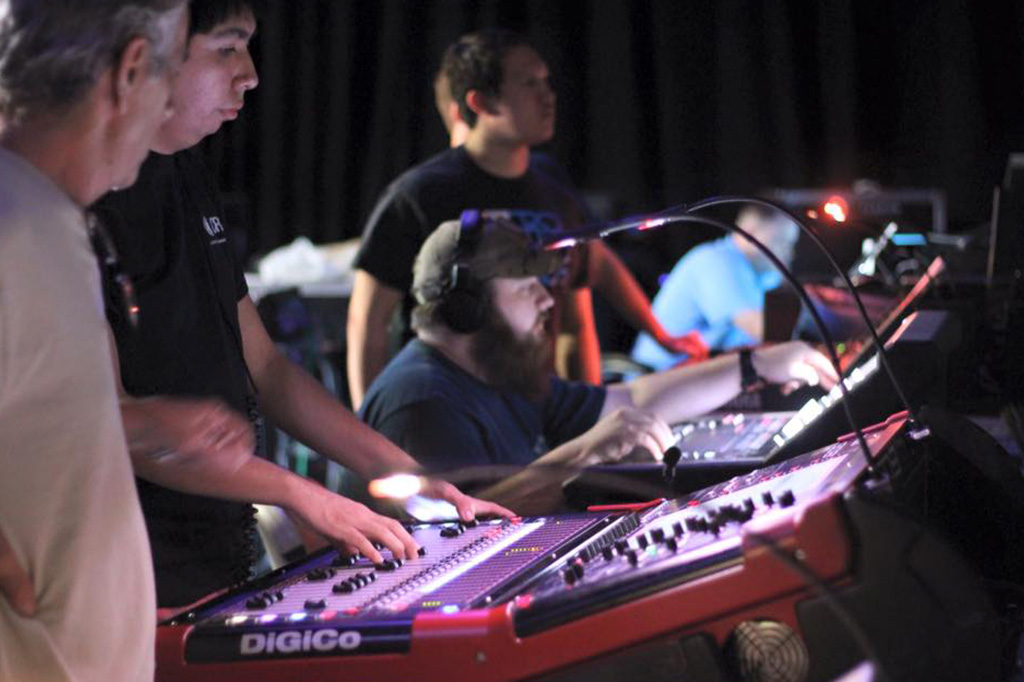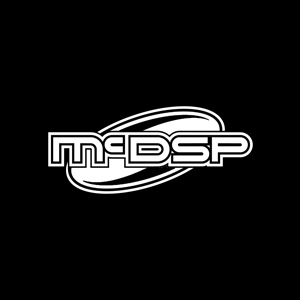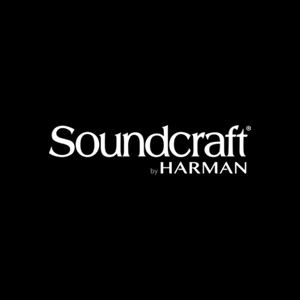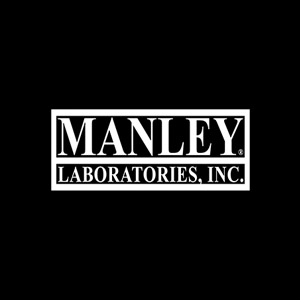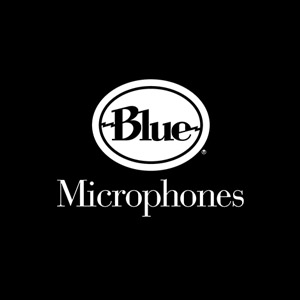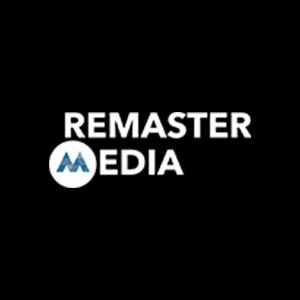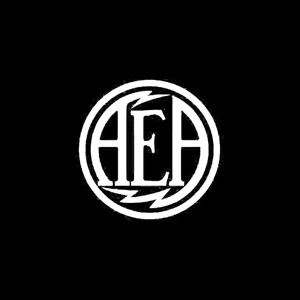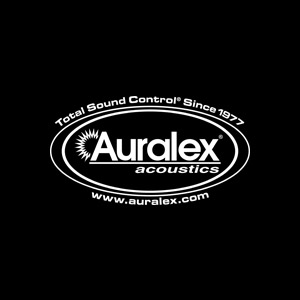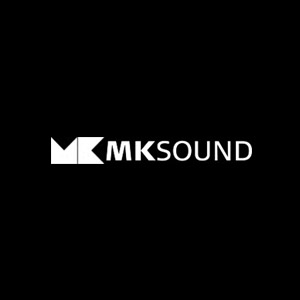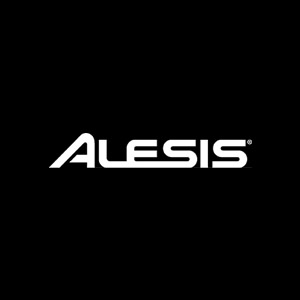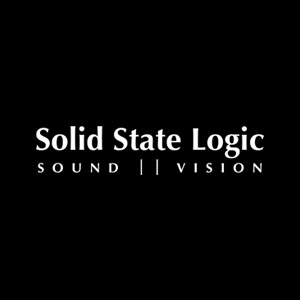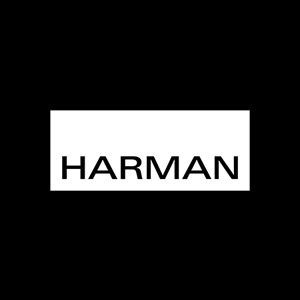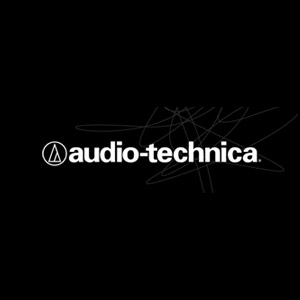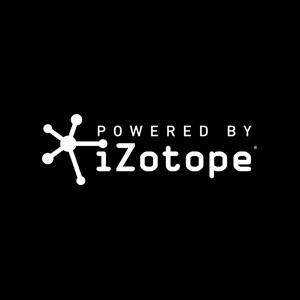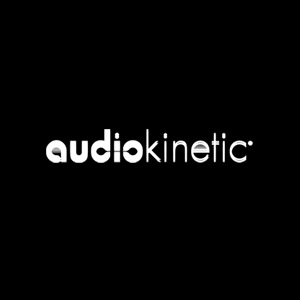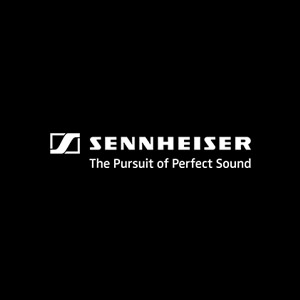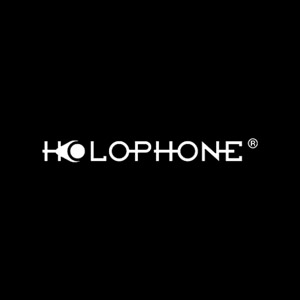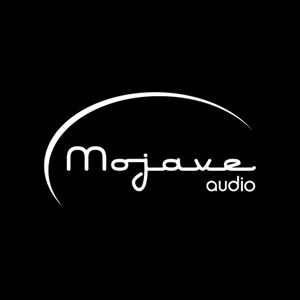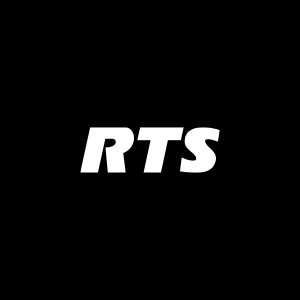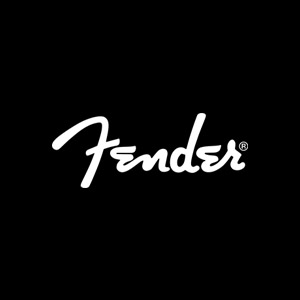SSL’s New L500 Live Mixing Console
Over this past weekend, we had a fantastic seminar put on by the great guys from SSL. Vice President George Horton and Fernando Guzman, Live Product Specialist spent the weekend showing off the new SSL L300 and L500 Live Sound Mixing Consoles. It was quite an amazing show as well.
The first day was a great introduction to who and what SSL is – from the past, through their history, all the way through to the present, which then of course led into a guided tour of the “Anatomy of a Show”. On display was the L500 live sound mixing board, its features, and a breakdown of an average live sound Front of House mixer’s job. As the day progressed, Fernando took us through his interpretation of a mix of some artists he has worked with (such as Juan Gabriel), filling our Gilbert campus’s live sound venue with the assistance of our L’Acoustics Kudo PA system. And it sounded glorious.
The second day was more of a high level training seminar, focusing on specifics of the routing through the console, what sort of DSP control is available, as well as a tour through the beautiful user interface that the huge multi-gesture touch screen provides.
There are a ton of features that this board offers. Operating at 96KHz sample rate, the L500 offers 192 mono audio paths. The paths are all shared throughout an intelligent routing system, controlled by a 19″ touch screen display. The capabilities this board has is unbelievable, as well as scalable to larger systems. The L500 system can interface with multiple stage boxes, as well as route signal via MADI using their Blacklight II connections.
However, I think the all-pass filter is possibly the most unique and innovative feature this board has to offer. And it is unique, because it is the only live sound board available with this feature built in!
The all-pass filter is a tool that is able to move the phase of an audio signal, in terms of degree, per frequency. So that means, on an incoming signal or pair of signals, instead of only having the polarity switch to flip the signal’s phase 180 degrees, now it is possible to adjust each frequency a different interval of phase, in order to try to create the most coherent phase-aligned signal to prevent things such as comb filtering.
At this point, Fernando asks a great question – “Is phase the same thing as polarity?” Of course, it is not the same thing! Phase is a time relationship between signals. There are many times where people will be referring to phase when they are really meaning polarity.
Of course all of this is incredibly complex. As Fernando says, “I wish to have maybe three or four, or ten days just to talk about all-pass filters!”
Check out some of the footage from this event, and some insight into some of the features available to the L300 and L500 live sound mixing consoles!
